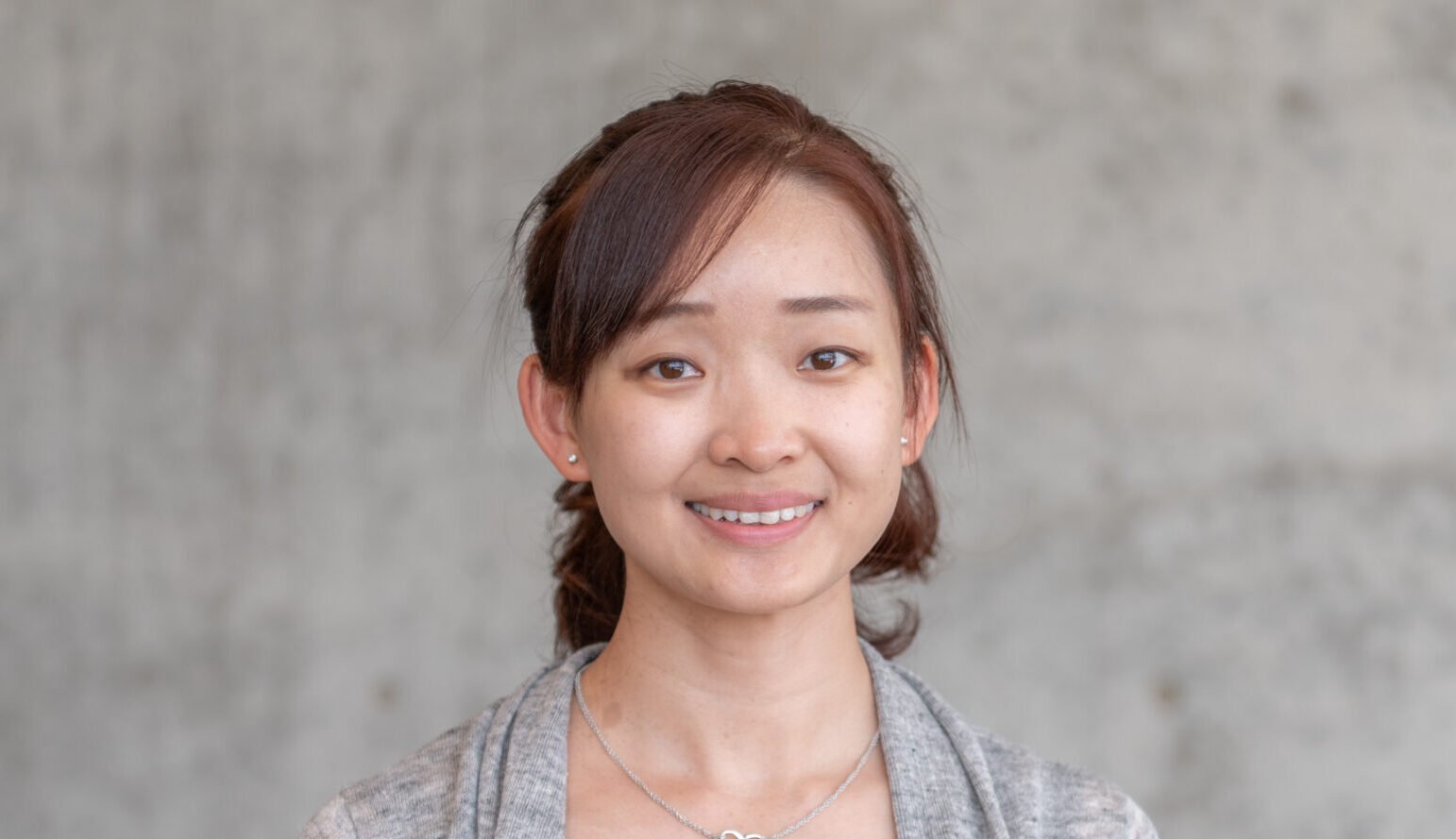Cryo-EM expert joins Van Andel Research Institute
December 4, 2017

GRAND RAPIDS, Mich. (Dec. 5, 2017)—One of Van Andel Research Institute’s newest recruits is on a mission to shed new light on the diverse molecules responsible for healthy brain function.
Her goal? To better understand how these molecules work and what happens when they malfunction, in an effort to spur development of new, improved medications for a growing global public health problem.
“As the world’s population ages, we expect to see a marked increase in the number of people suffering from neurological conditions,” said Juan Du, Ph.D., who joined VARI’s team of structural biologists this fall. “These diseases can be incredibly difficult to study, complicating the development of new, much-needed therapies. By gaining a more precise grasp of the molecular building blocks that underlie normal function as well as disease, we hope to leverage our findings to improve human health.”
As part of her work, Du will harness the power of Institute’s state-of-the-art suite of cryo-electron (cryo-EM) microscopes, which allows scientists to view some of life’s smallest components at near-atomic resolution. VARI’s largest microscope, the Titan Krios, is one of fewer than 120 in the world and is so powerful that it can visualize molecules 1/10,000th the width of a human hair. Installation of the $10-million David Van Andel Advanced Cryo-Electron Microscopy Suite was completed in early 2017.
Scientists like Du can be thought of like high-tech locksmiths. In order to cut a key, for example, a locksmith must know how the lock is built and how the pins inside of it are arranged. Structural biologists use a similar approach, mapping critical molecules in ways that can then be used to understand how they function and to design medications.
“Structural biologists often say ‘structure informs function,’ meaning that a molecule’s shape has major impact on what it does, how it performs its job and how it interacts with other molecules,” Du said. “Not only does understanding the structure of these molecules, such as chemical receptors in the brain, help us better understand our own biology, it also fuels development of new treatments for myriad conditions.”
Du is one of three cryo-EM experts who have joined the Institute’s faculty since 2016, complementing VARI’s existing strengths in structural biology.
Prior to joining VARI, Du was a postdoctoral fellow in the laboratory of Dr. Eric Gouaux at Oregon Health & Science University’s Vollum Institute. While there, she studied the structure and function of two types of glycine-bound receptors—the strychnine-sensitive inhibitory glycine receptor and the strychnine-insensitive excitatory NMDA receptor. Both are critically in involved in neuronal function and have been implicated in a number of neurological injuries and disorders.
She earned her undergraduate degree in chemistry from University of Göttingen and her Ph.D. from the Institute of Organic Chemistry and Biochemistry at University of Freiburg in Germany.
###
ABOUT VAN ANDEL RESEARCH INSTITUTE
Van Andel Institute (VAI) is an independent nonprofit biomedical research and science education organization committed to improving the health and enhancing the lives of current and future generations. Established by Jay and Betty Van Andel in 1996 in Grand Rapids, Michigan, VAI has grown into a premier research and educational institution that supports the work of more than 360 scientists, educators and staff. Van Andel Research Institute (VARI), VAI’s research division, is dedicated to determining the epigenetic, genetic, molecular and cellular origins of cancer, Parkinson’s and other diseases and translating those findings into effective therapies. The Institute’s scientists work in onsite laboratories and participate in collaborative partnerships that span the globe. Learn more about
Van Andel Institute or donate by visiting www.vai.org. 100% To Research, Discovery & Hope®
